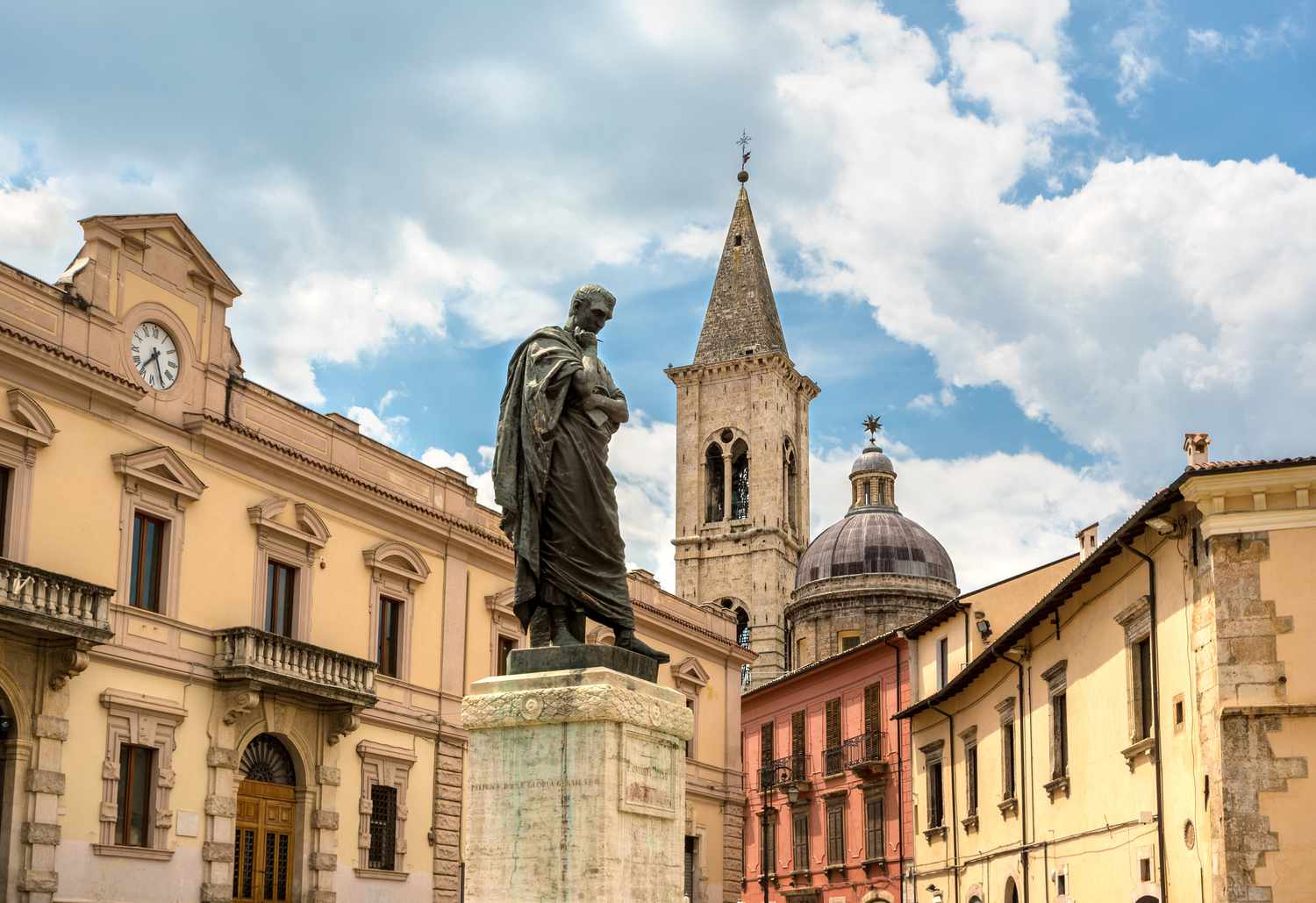Nestled amidst the majestic Apennine Mountains in the heart of the Abruzzo region lies a charming and often overlooked Italian gem, Sulmona. This picturesque town, with its cobblestone streets, medieval architecture, and rich cultural heritage, offers a captivating glimpse into the authentic soul of Italy. While well-known cities like Rome, Venice, and Florence may dominate the tourist spotlight, Sulmona beckons travelers seeking a more intimate and tranquil Italian experience.
Sulmona, with its history dating back to ancient Roman times, boasts a unique blend of historical significance and natural beauty. Surrounded by rolling hills, olive groves, and vineyards, it offers a peaceful retreat from the bustling tourist crowds. In this blog post, we will embark on a virtual journey to discover the allure of Sulmona, Italy, and why it deserves a coveted spot on your travel itinerary.
Trulli’s Distinctive Architecture
Nestled in the heart of Italy’s Puglia region, the trulli houses stand as a testament to human creativity, history, and adaptability. In this blog post, we’ll embark on a journey to unravel the distinctive architecture of trulli and explore the secrets hidden beneath their conical roofs.
Does sulmona Italy have beaches?
Some popular coastal destinations in Abruzzo include Pescara, Vasto, Giulianova, and Silvi Marina, among others. These towns offer beautiful beaches, seaside promenades, and a range of beachside activities and amenities.
So, while Sulmona itself doesn’t have beaches, you can easily access the Adriatic coastline by taking a short drive from Sulmona to enjoy the sun, sea, and sand in the neighboring coastal towns of Abruzzo.
Trulli’s Distinctive Architecture: Unraveling the Enigma of Puglia’s Cone-Roofed Houses
Nestled in the heart of Italy’s Puglia region, the trulli houses stand as a testament to human creativity, history, and adaptability. These cone-roofed dwellings are not only captivating in appearance but also a fascinating architectural marvel. In this blog post, we’ll embark on a journey to unravel the distinctive architecture of trulli and explore the secrets hidden beneath their conical roofs.
The Origins of Trulli:
The origins of trulli date back to the prehistoric era when indigenous people in Puglia constructed primitive round huts using dry stone techniques. However, the trulli as we know them today emerged in the 14th century. These unique structures were designed to be temporary, easily dismantled, and tax-evading, as homeowners could quickly dismantle their roofs to avoid property taxes imposed by foreign rulers.
The Symbols and Artwork:
One of the most intriguing aspects of trulli is the white symbols often painted on their conical roofs. These symbols can include stars, crosses, and other geometric patterns.
Practicality and Sustainability:
Trulli’s distinctive architecture serves practical purposes beyond their aesthetic appeal. The thick stone walls provide excellent insulation, keeping the interiors cool in the scorching summer months and warm during the chilly winters. The conical roof design efficiently channels rainwater into cisterns for storage, addressing the region’s water scarcity issues. Furthermore, the use of local limestone and the absence of mortar make trulli an eco-friendly and sustainable housing option.
UNESCO World Heritage Status:
In 1996, the trulli of Alberobello, a town in Puglia, were designated a UNESCO World Heritage Site. This recognition underscores the architectural and cultural significance of these unique buildings.
Preserving the Legacy:
Local artisans continue to maintain the tradition of trullo construction, ensuring that this distinctive architectural heritage endures for generations to come.

